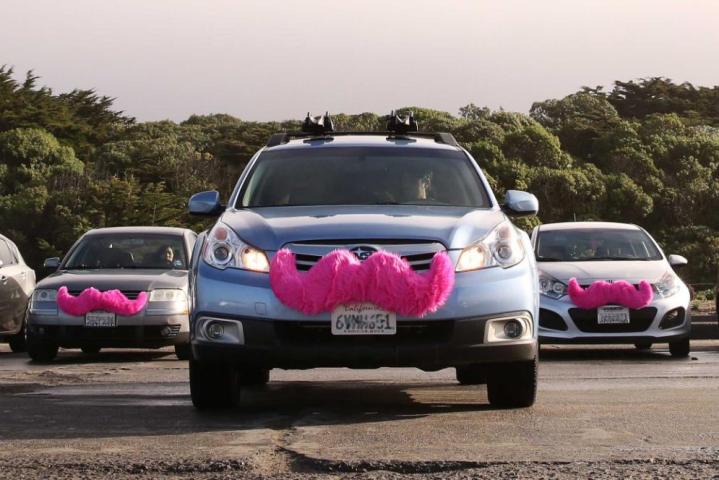
Detailed within the official blog post about the new carpooling service, Lyft expects users will save about 30 to 40 percent on each ride, but that could go as high as 60 percent depending on the total number of Lyft users in the car. Interestingly, the Lyft Line service will show you a guaranteed price for the trip prior to booking it. Lyft believes that users will benefit from lower prices while the number of total cars on the road will be decreased slightly.

For the purposes of testing, Lyft Line is currently capped at a total of three riders and one driver. However, Lyft will be removing the cap as soon as the service is perfected. Lyft is also offering a promotional discount to launch the service by giving away the first Lyft Line ride for free. Similar to Uber, a Lyft Line ride will also be discounted if the service doesn’t manage to match a user up with a carpooling buddy.
Speaking to the New York Times about the potential for service expansion with Lyft Line, Lyft COO Logan Green said “We don’t want to be the option that people use only when they’re heading out for a nice evening. We want to be something that people use twice a day, every day.”
Of course, Lyft will face the same problem as Uber when it comes to carpooling. Will users willingly get in the car with someone they don’t know and buddy up for a ride? If usage of the new feature is low, Lyft may have to add some sort of approval function that allows users to back out of a ride if they don’t like the person that’s triggered a match.


